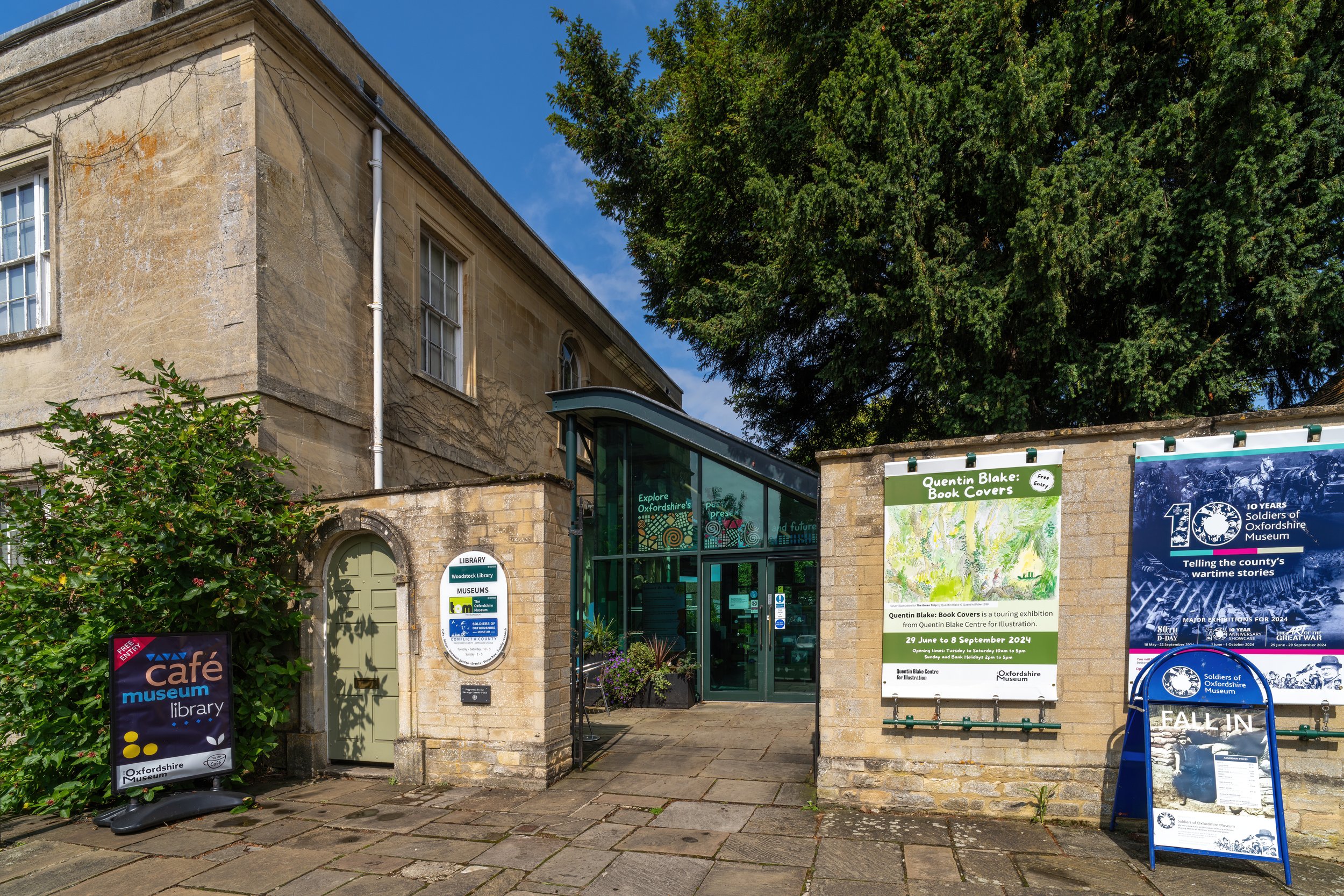
-
Our financial contributions to the museum provide money to support:
Special events and displays
Acquisitions of significant archaeological treasures
Development of the Museum’s facilities
Free activities for children during term time and school holidays
Many of our members also volunteer:
Supporting the museum staff with visitor assistance, on reception, in the café
Maintaining the beautiful gardens
-
An opportunity to make new friends
A programme of monthly evening talks:
An eclectic range of topics
Delivered by distinguished speakers
Delivered simultaneously in-person and by Zoom
Invitation to Museum private previews of new exhibitions
10% discount in the Museum café and shop
Access to special events, in places not normally accessible to the public
A warm glow, knowing that we are helping this special museum to thrive and grow!
-
Single Membership is £20 per year
Dual Membership (two adults at the same address) is £30 per year
If joining after 1st October, fees are reduced to £10 and £15 respectively
Junior Membership (under age 18 from a members’ household) is FREE!
How about becoming a Patron?

